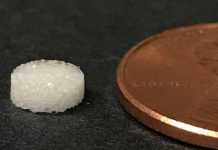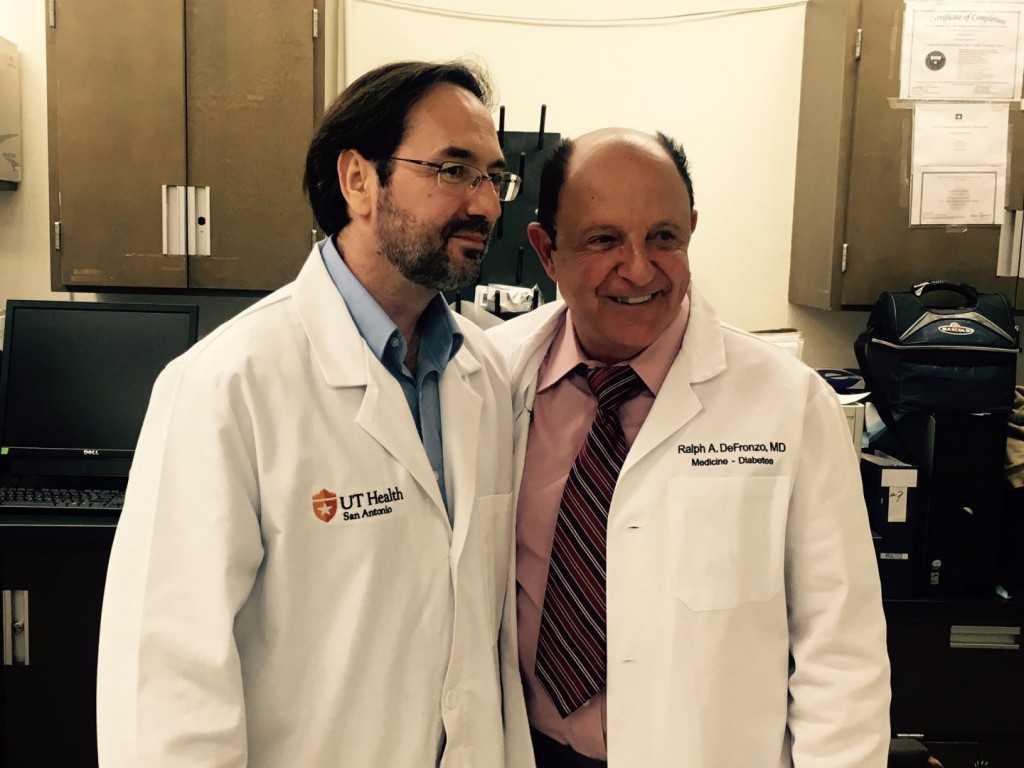The American Diabetes Association recommends hemoglobin A1c (HbA1c) testing as one basis for identifying diabetes and prediabetes. Setting a specific HbA1c cutoff threshold for prediabetes, which could be used to determine eligibility for interventions to prevent progression to more serious type 2 diabetes, has generated much debate, with at least three different cutoffs recommended by different professional organizations.
A new study led by the Centers for Disease Control and Prevention demonstrates that lowering the cutoff increases the health benefits of preventive interventions, although at higher cost. It concludes that a cutoff level of 5.7% would be cost-effective. The research is published in the April issue of the American Journal of Preventive Medicine.
"Large-scale implementation of evidence-based type 2 diabetes prevention initiatives depends on a clear and efficient strategy to identify individuals at high risk for type 2 diabetes and refer them for intervention. This is the first study to examine the population-level impact and cost effectiveness of using alternative HbA1c cutoffs to determine eligibility for type 2 diabetes preventive interventions," explains lead investigator Xiaohui Zhuo, PhD, from the Division of Diabetes Translation, Centers for Disease Control and Prevention.
The research team used a simulation model to examine the cost effectiveness associated with each progressive 0.1% decrease in the HbA1c cutoff from 6.4% to 5.5% (6.5% is currently the diagnostic cutoff for diabetes). The simulation used the data of nondiabetic American adults from the National Health and Nutritional Examination Survey (NHANES 1999-2006). People identified as having prediabetes were assumed to receive preventive intervention. The study looked at two different interventions: a high cost resource-intensive approach that would cost on average almost $1,000 per year, and a low cost intervention with an annual cost of $300 per year.
Researchers measured the cost per each quality-adjusted life year (QALY), a measure of the quality and quantity of life generated by a medical intervention, at each HbA1c cutoff for both interventions. They found that cutoffs of 5.7% and above were cost effective, based on the conventional $50,000/QALY cost-effectiveness benchmark. Further, the results suggested that the optimal cutoff may be lower if the cost of preventive interventions could be lowered without compromising effectiveness.
Continue Reading Below ↓↓↓
Leading clinical and policy-guiding organizations have recommended the HbA1c as an additional diagnostic tool. Its use will likely increase as a screening tool to identify those at high risk for type 2 diabetes. "Therefore, the economic implications of its use need to be well understood. This study will hopefully stimulate more research on the best strategy for optimizing benefits from type 2 diabetes prevention programs at minimum cost," says Dr. Zhuo.
Source: Elsevier Health Sciences










